
Simple, not easy
FEATURE – Healthcare’s complexity demands simplification. By reducing variation, eliminating waste, and rethinking processes, leaders can improve performance, capacity, and safety while enhancing staff engagement and delivering unexpected positive outcomes.
Words: Carlos Frederico Pinto
First published on www.saudebusiness.com on February 13, 2025
“Simplicity is the ultimate sophistication.”Leonardo da Vinci
Healthcare organizations and systems are often considered among the most complex human creations, as intricate as we are as vertebrate living beings. While air traffic control operations, railway networks, and nuclear power plants are also complex, they possess a degree of stability and predictability with a known, manageable number of relevant variables, and they don't share the same adaptive capacity.
One of the challenges with complex systems is represented by their positive feedback loops: complexity breeds more complexity, creating an escalating spiral. And overly complex systems can easily collapse: they face a higher risk of errors and defects, which, in turn, cause delays and breakdowns, making operations increasingly inefficient and producing more variation.
Systems with high variability, in turn, are more prone to errors, defects, inefficiencies, delays and, eventually, collapsing. Knowing this, Dr Deming famously said that if he had to condense his message into a single sentence, he would declare that “reducing variation is the primary activity of managers.”
Complex systems are capable of self-adjustment and establish their own rules as they try to achieve balance and a certain degree of stability. Indeed, in their quest for stability and to try and avoid collapse, healthcare units often create local rules that circumvent safety procedures or regulations.
We often hear phrases like, “If I do everything necessary to ensure safety, I'll never keep up with demand.” Or, “We found an easier way to do this, but it’s not the ideal procedure.” Things teeter on the edge until something serious goes wrong, and the system collapses, demanding a new adjustment – investigations, dismissals, new hires, promises, and so on.
With all this in mind, the only way to improve the performance of a complex system is simplification – seeking new patterns simple enough to balance the “capacity versus demand” equation, thereby reducing the consumption of available resources on non-value-adding activities.
As we manage these systems, we must eliminate waste in all its forms: motion, waiting, defects, processing, overproduction, transport, and inventory. All these contribute to an increasing risk of errors, inefficiencies, breakdowns, and more variation. It’s crucial to identify ways to eliminate, reorganize, combine, and simplify processes: this the true function of great leadership.
Another issue with complex systems is their counterintuitive and non-linear nature. Often, unexpected results emerge after relatively simple interventions, even those considered minor or absurd.
Nearly two decades ago, we were dealing with patient flow at a surgical outpatient clinic in a public hospital, which served both new and returning patients. The prevailing logic was to see returning patients first and new patients in the late afternoon. Appointments typically ran from 3 PM to 9 PM, leading to significant overload and fatigue for the entire team.
Upon analyzing the process, it became evident that new patients were major bottlenecks in the flow: they required extensive extra work with lab orders, cardiac or other tests, and additional instructions, consuming a lot of counter time and causing slowdowns. With these patients queuing up in the final hours of the day, appointment delays grew exponentially. Despite some resistance – “We’ve always worked this way” – surgeons eventually agreed to test a new schedule alternating new and returning patients, sorting them either by order of arrival order or pre-scheduled appointments, but without extra rules – a very simple countermeasure.
Thanks to this change, the pace of reception improved dramatically, as did patient turnover in the unit: for every new (complex and time-consuming) patient, approximately six returning patients were seen, reducing the volume of people in the waiting room and decreasing the average total process time (from arrival to consultation to discharge) from 170 to 130 minutes.
Even with just a 20% process improvement, patient capacity increased by 25%, and the overall operation time dropped by two hours. The by-products of seeing patients faster included a 25% gain in capacity, and allowed staff to get home two hours earlier.
In complex systems, unexpected by-products can be as positive as the primary objectives of the change (some can even be simulated using statistical methods). The blue lane restricted to motorcycles in the city of São Paulo, for example, not only drastically reduced biker fatalities but also improved city traffic congestion rates, according to the data from City Hall – an excellent outcome that also helps everyone get home earlier. Studies on the adoption of bicycle lanes in major cities demonstrate that they not only increase cyclist safety in traffic but also reduce the overall rate of accidents and fatalities: the visible infrastructure of bike paths and lanes acts as a calming mechanism, reducing overall traffic speed and thus accidents.
As we work hard to simplify the complex systems we work in and/or manage, let’s not forget that the most important by-product of quality initiatives is perhaps that they increase the sense of achievement among those involved, boosting job satisfaction and self-esteem. No one goes to work to fail and everyone strives to do a good job. It is our obligation as leaders to provide these opportunities to our teams.
THE AUTHOR

Read more
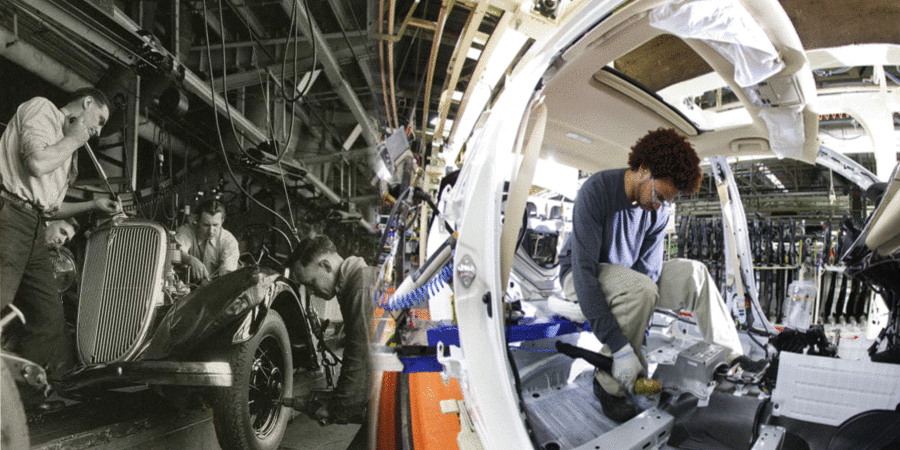

FEATURE – The author offers an overview of the ingredients that made lean thinking what it is, of the 30 years of incubation it underwent at Toyota, and of its diffusion from 1980 onwards.
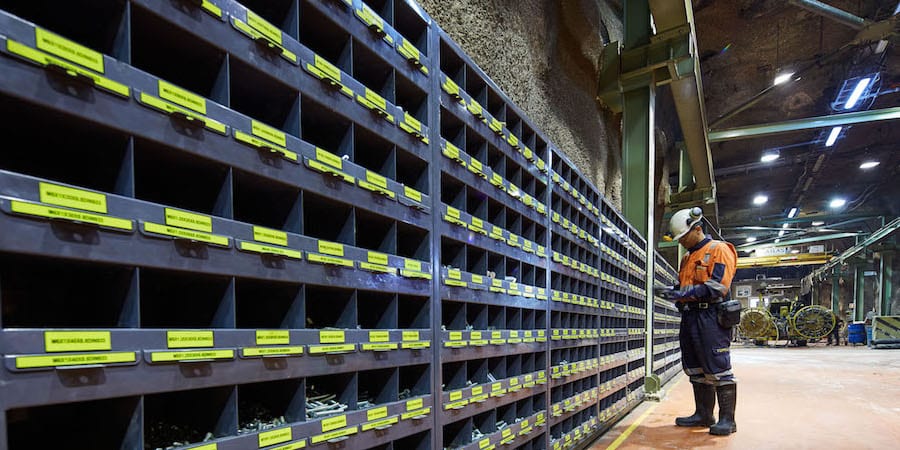


CASE STUDY – Over the past four years, by developing its kaizen capabilities and crafting a better approach to maintenance, a Turkish gold mine has significantly reduced its extraction costs.


FEATURE – They say lean is all about people, and yet emotions – something we all feel and express daily – are largely absent from the lean discourse. The authors discuss the role they play in a lean transformation.


FEATURE – For many organizations, devising effective strategies remains a gap to fill and that’s something lean can help with. Michael Ballé discusses strategic thinking with our editor.
Read more
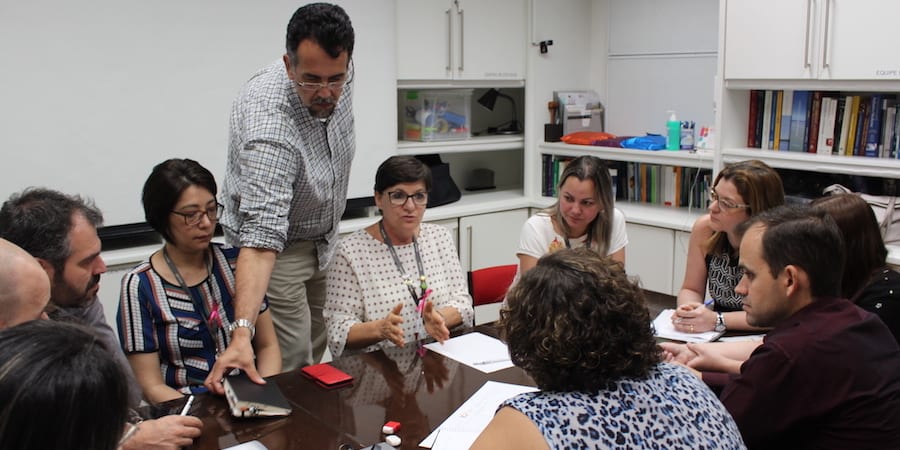

VIDEO - The CEO of a cancer center in Brazil gives us a tour of the their obeya room, taking us through their strategy deployment and explaining how it supports their mission of reducing the burden of cancer.
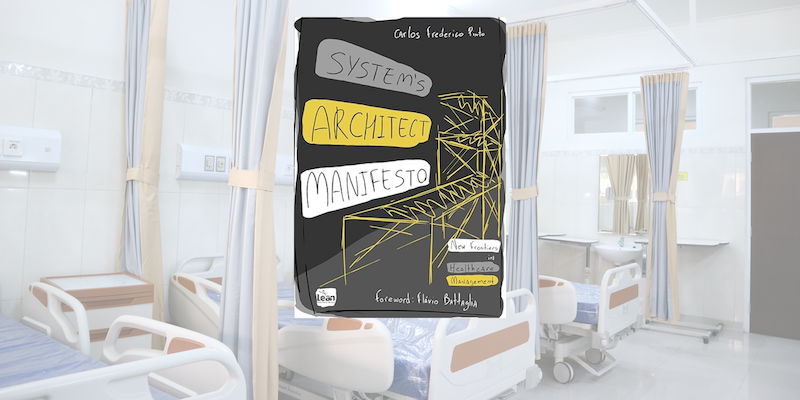

INTERVIEW – “Dr Fred” is an amazing leader, who led one of the most successful lean healthcare transformations this magazine has come across. In this Q&A, he talks to Planet Lean about his new book, which is result of over 15 years of lean learning.


WEB SERIES – Today, we launch a new documentary series on lean around the world, with the first season focusing on lean in Brazil. In the first episode, we visit the lean clinic on a mission to reduce the burden on cancer in our lives.
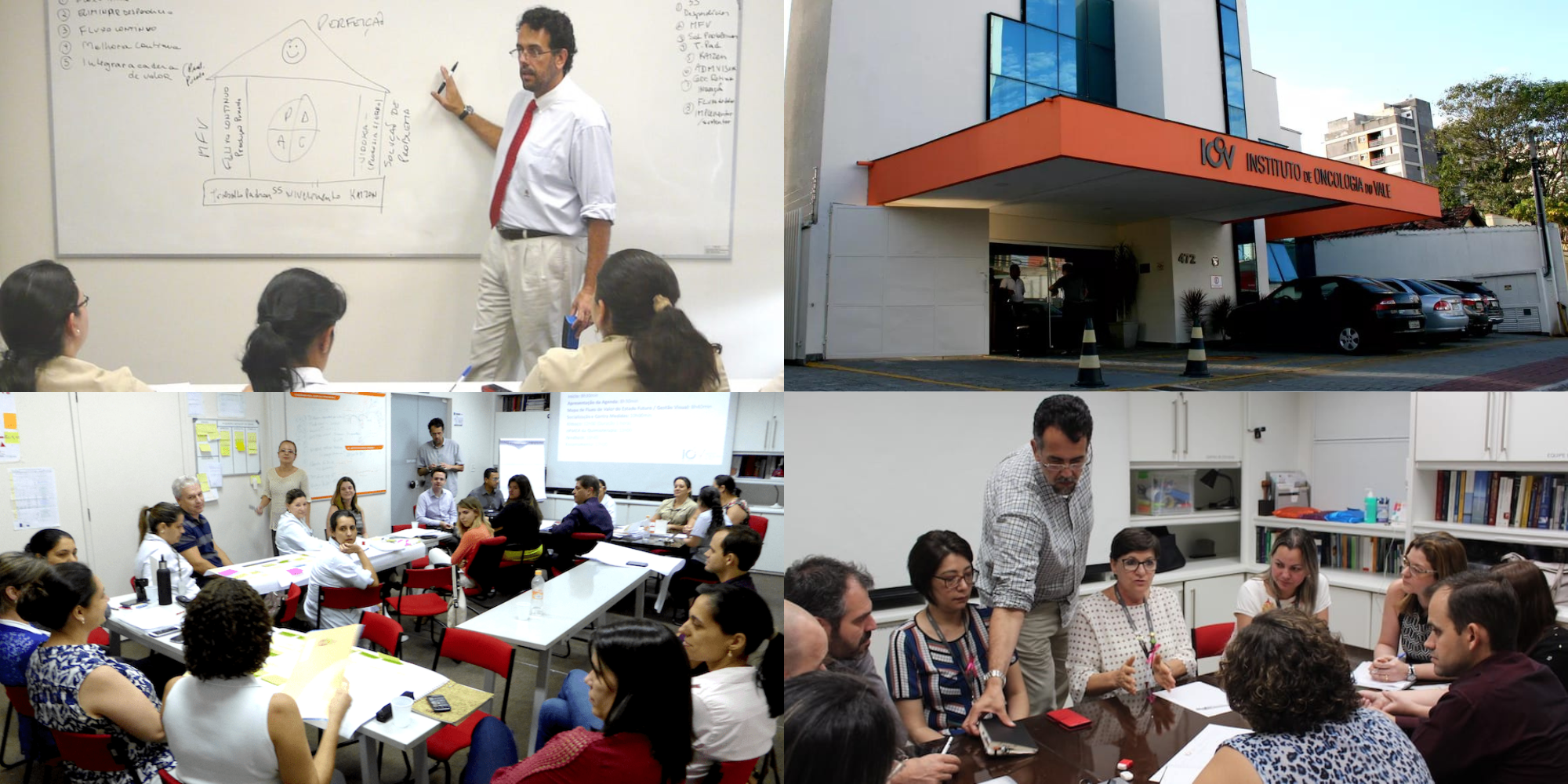

FEATURE – PL readers will likely be familiar with IOV, the cancer clinic in Brazil that’s become a reference for lean healthcare for countless organizations. Here, Dr Fred looks back at IOV’s 15-year journey.

